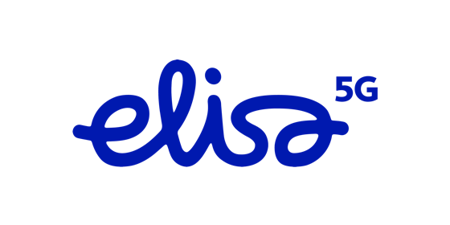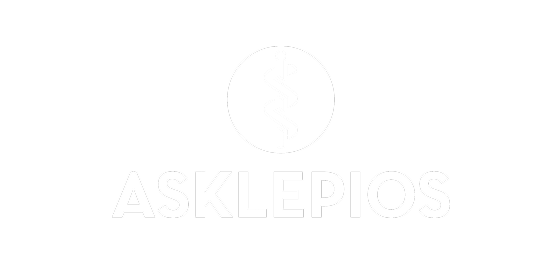
Client:Elisa
Industry:Telecommunications
Region:Europe
Elisa Scales Automation Business Value with Automation Hub and Task Capture

€10M
saved yearly
~20
processes documented with Task Capture
3
years of being a UiPath customer
9
months of using Automation Hub
Client Overview
Elisa is a leading telecommunications company in Finland
Efficient process discovery is key to successful automation implementations. Elisa, a leading telecommunications company in Finland, knows this first-hand.
After improving the customer and employee experience by automating more than 500 processes, saving €10 million yearly, and winning back more than 7000 hours/month (check out their story here), you might expect Elisa to be done automating. But the company, a UiPath customer since 2017, still has its zeal for discovering new automation opportunities. This prompted Elisa to try the newest UiPath tools for human-led process discovery—Automation Hub and Task Capture.
Using Automation Hub to scale business value
Elisa wanted to improve and standardize robotic process automation (RPA) planning across the organization. Previously, each business unit applied a different approach to collecting and submitting automation ideas. Employees used Microsoft Excel spreadsheets to manage their automation pipeline, and it was challenging for the automation team to aggregate ideas. Elisa sought a way to make their automation pipeline more transparent.
Before Automation Hub, we didn’t have the tool to record the ideas in one place until they were already at a mature stage. Many ideas got lost. With Automation Hub, we can collect all the ideas, and even if they aren’t ready for automation now, we can easily get back to them later.
Samuli Sipilä • RPA Business Analyst at Elisa
Anssi Talarmo, Elisa’s Head of RPA, adds: “Every business unit was scattered with different Excel files, so it was impossible to gather all the necessary information in one area. Automation Hub has become a common idea funnel for all business units in Elisa and provided us with a big picture view on what’s being suggested for automation.”
Anssi believes that product owners and Subject matter experts (SMEs) know their processes best. Hence, they should decide which ideas should be automated. Despite this, Elisa struggled with prioritizing ideas and measuring return on investment (ROI).
Faster automation pipeline, better employee experience
Previously, when an automation idea was considered for development, Elisa added it to the Atlassian Jira system, where all development items were tracked. An SME created the Process Definition Document (PDD) and shared it with the product owner. The company then organized biweekly meetings to prioritize ideas for development. Nonetheless, since every product owner used different software for prioritizing ideas and measuring ROI, the results varied drastically.
“Each business unit measured ROI differently. Thanks to Automation Hub, we receive general guidelines on how this should be done and can compare specific business cases. Now, this process is much more rule-based and efficient” comments Anssi.

Suggesting automation ideas has become a trend inside of Elisa since they started using Automation Hub in the summer of 2019. Now, employees submit numerous automation ideas every day, ranging from simple yet powerful, personal automations to more complex attended automations combining AI with RPA.
Mikko Huttunen, Development Manager Automation at Elisa, says: “Currently, we have a lot of basic ideas coming from old business units. With Automation Hub, we want to collect new automation ideas and shape the scope of work for the RPA team.”
Automation Hub makes the automation pipeline transparent for everyone in the company. Now that everything is tracked in one place, employees browse Automation Hub and get inspired with their own RPA ideas. Anssi admits: “We were amiss with a huge Excel database tracking automation ideas. I’m eager to see how far we can go with Automation Hub.”
Faster PDDs, more accurate flowcharts
Undoubtedly, submitting automation ideas is an integral part of successful RPA planning. However, even the most promising automation ideas may not reach production unless you properly document them. For that reason, Elisa combined Automation Hub with Task Capture, the new process documentation solution from UiPath.
Elisa says their previous documentation process was tedious, especially for more complex automation ideas. They created an internal PDD template in Microsoft Word for relevant stakeholders to fill out. First, an RPA business analyst and SME added all necessary process information to the template. Then, the business analyst filled out the main part of the PDD with detailed process steps and corresponding screenshots. This entire process was completely manual. Further complicating matters, each department used different documentation techniques.
Task Capture helped Elisa evolve from screenshots to informative and detailed, automatically generated PDDs. Moreover, the tool significantly reduced time employees must spend documenting processes for RPA.
With Task Capture, we can easily create the process documentation and gather up to date screenshots.
Samuli Sipilä • RPA Business Analyst at Elisa
“Although the information in our PDD Word template was useful, the template itself was scary to SMEs. Now, Task Capture simplifies the documentation process and helps create a solid Process Definition Document,” adds Mikko.

Elisa also appreciates the process flowcharts (process diagrams) from Task Capture. Previously, Elisa employees struggled to build proper-looking flowcharts. Some people used online tools; others tried to create a process diagram in Microsoft Visio. The overall experience was scattered and didn’t bring the desired outcomes - the CoE lacked a complete process overview. With Task Capture, this has changed for the better.
Task Capture has provided us with a unified way of easily creating flowcharts to represent the high-level process flow. As a business analyst, I receive ready-to-go instructions which I then incorporate into the PDD.
Samuli Sipilä • RPA Business Analyst at Elisa
Despite being relatively new to Task Capture, Elisa is already significantly improving their daily workflow. In total, the company has documented around 20 processes. SMEs report Task Capture makes life easier. They prefer capturing processes in Task Capture to snipping screenshots and then manually combining them with other tools.
Elisa likes the intuitiveness of Task Capture most. The user-friendly interface and low-touch onboarding make the user journey smoother. “Let’s keep this tool simple and of a small size so that everybody can get most out of it,” suggests Anssi.
A winning combination
The company admits that the tandem of Task Capture and Automation Hub provides something they have lacked for quite a long time. With these two tools, they can quickly identify automation ideas, create process documentation, and measure the expected ROI. The experience is now unified since Task Capture is available as a part of Automation Hub.
“We really like how Task Capture and Automation Hub work together. When you create an idea in Automation Hub, it’s possible to download Task Capture and quickly document it, making it easier than ever to spread the automation word inside the organization,” concludes Anssi.
Related case studies
Ready for your own case study?
Speak to our team of knowledgeable experts and learn how you can benefit from agentic automation.





